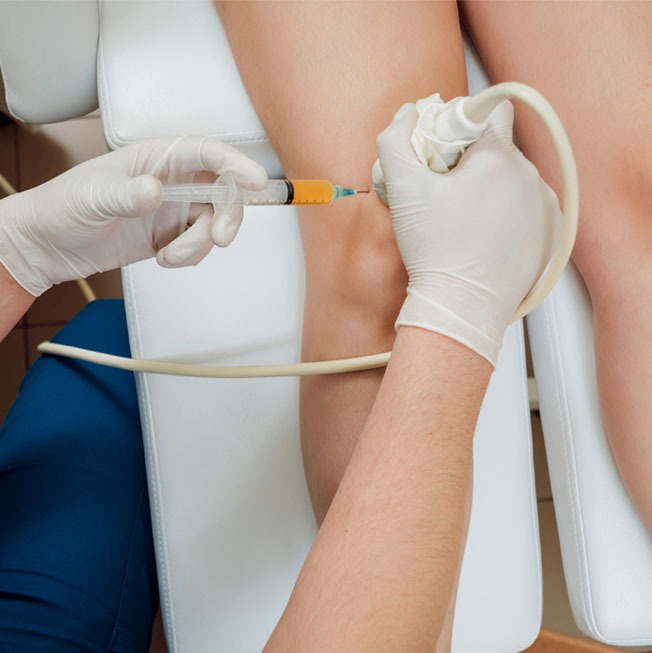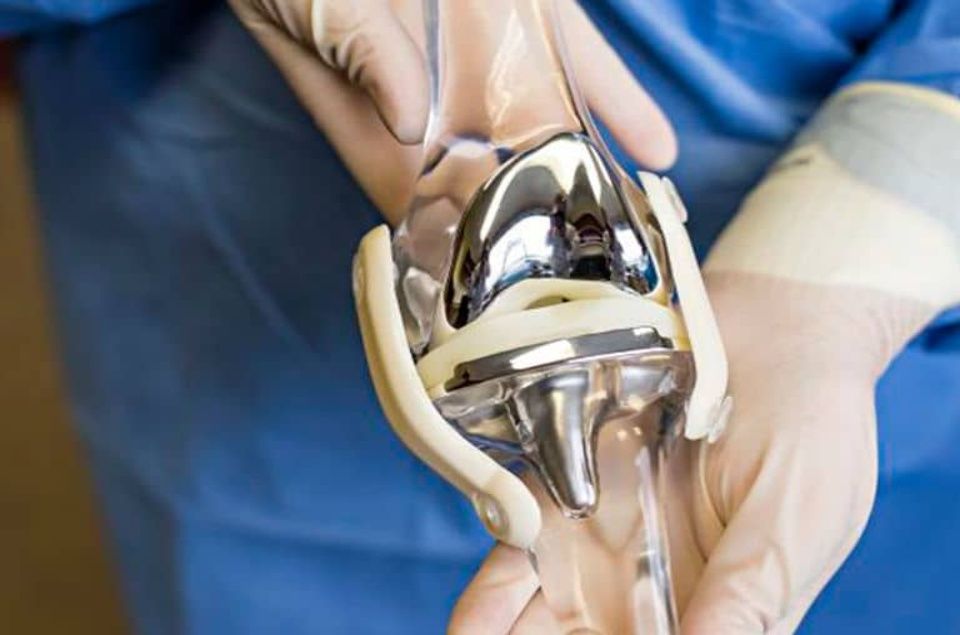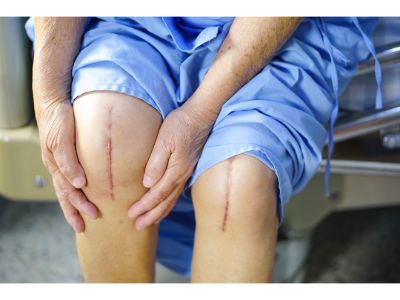The Knee bones have a soft tissue called cartilage. When the cartilage wears off, it causes wear and tears in the joints. This leads to pain and inflammation around the knees.
In a Knee Replacement Surgery, parts of the knee bone are shaved off and replaced with different kinds of implants depending on the severity of osteoarthritis in the knee and the patient’s age itself.








